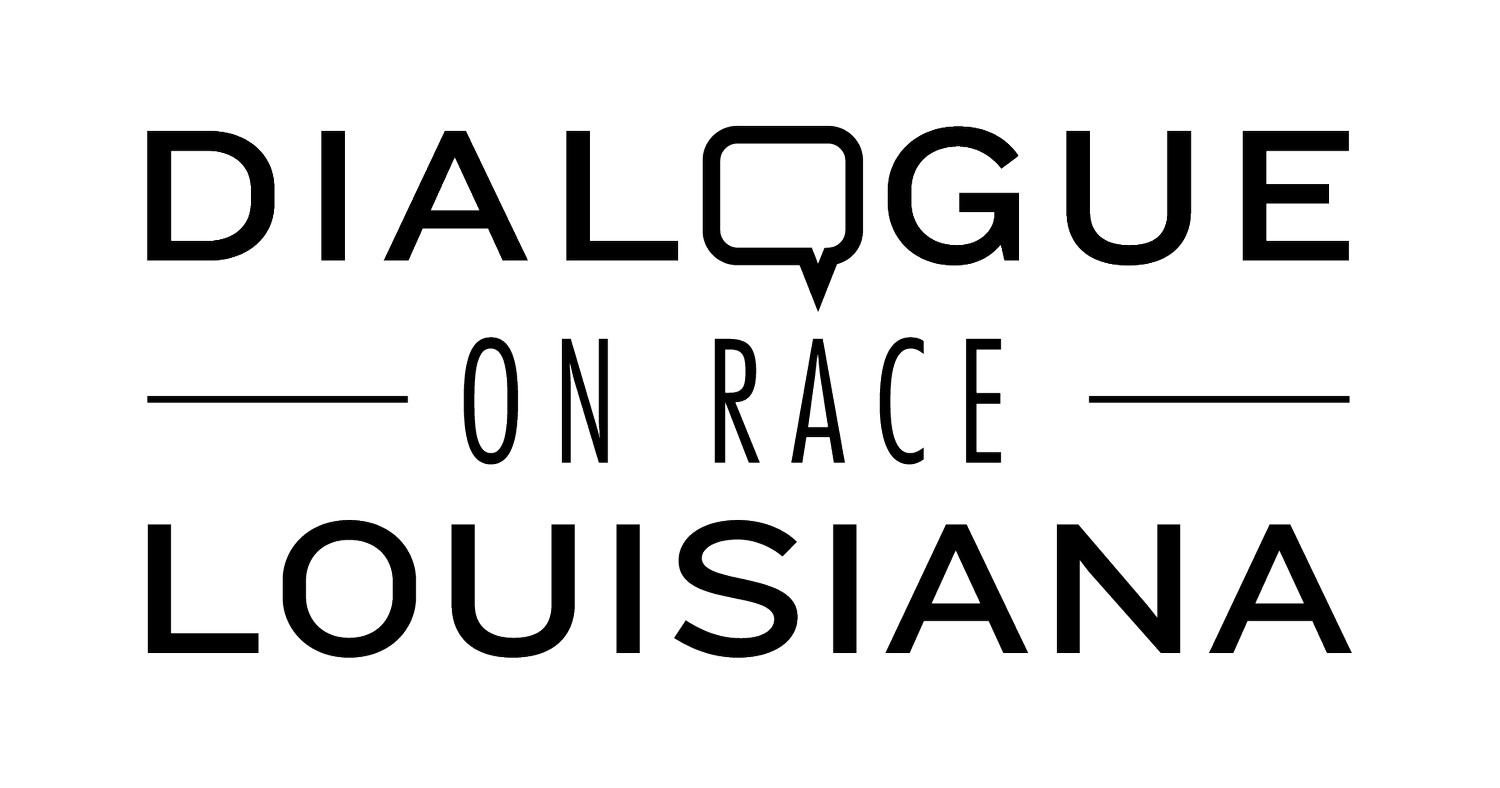WHAT ARE WE TALKING ABOUT?
Are we talking about how angry we are and who we are angry at?
It's not lost on me that we must express our outrage over our concerns, betrayals, and outright wrongs.
The right to protest is a fundamental aspect of a democratic society. It allows citizens to express their opinions, voice grievances, and advocate for change.
I wonder if I am alone in noticing that I don't hear as much about advocating for change.
With all the momentum of our shared anger, could we turn all that energy into a collective voice for change? Whipping up anger will not bring change, but our collective action can.
We, as citizens, have the power to demand change. What can send a clear message of our demands?
Civil Rights stands out in history because of its scale and systemic, wide nature of injustices, which demanded social change through legislation and was considered successful by the kinds of sweeping legislation that resulted.
We have a lot to learn from past movements. What aspects of those movements can we apply to our current situation?
The protestors had a shared clear vision.
They held strategy sessions and training for participants. They planned and practiced their values and demands, which could be heard in their chants, signs, and songs. Signs said, "No one is free when others are oppressed," "All men are created equal," and "We march for first-class citizenship."
Today, you see signs with profanity, signs that say, "If you aren't angry, you are not paying attention," and signs that vilify others. I get it; it's the times we are in, and the First Amendment protects those signs.
What is our demand, and when do we want it? Answering these questions will help us stay focused and determined in our pursuit of social change.
If we base our demands on our shared history and values and, as part of the protest, use our shared outrage to strategize, make a plan, and put our demands on blast, we can be more effective. "We the people" means we get to say what kind of country we want, and strategic planning is the key to achieving it.
I hope we can move the angry energy into "this is not right." Name what we want instead and demand that our elected representatives act in our interests; passionate outrage does more than escalate rhetoric. We know our citizens' rights and have the civic power to demand what we want to see. Passion is the energy that moves things, and venomous anger is an energy that burns hot and burns out! We can do more than that, and we can do better than that. The Civil Rights Movement was a model we could draw on.
We don't draw on that model because the mainstream images showed the movement to have been riotous, not a successful nonviolent protest, which it was. Looking again at the protest march over the Edmund Pettus Bridge for the right to vote shows that the protesters were nonviolent. The name Bloody Sunday came from the police bloodying the protesters. The protesters remained nonviolent, and the success was the passage of the Voting Rights Act 60 years ago this year.
What do we want, and when do we want it?
You will see more about the Civil Rights legacy in DORLA’s Jasmine Pogue’s blog, The Throughline to the Court: Race, Representation, and the Stories We’ve Forgotten.
Her blog post is also the subject of the upcoming Race in Conversation entitled “Why we need a new conversation on Civil Rights.”
